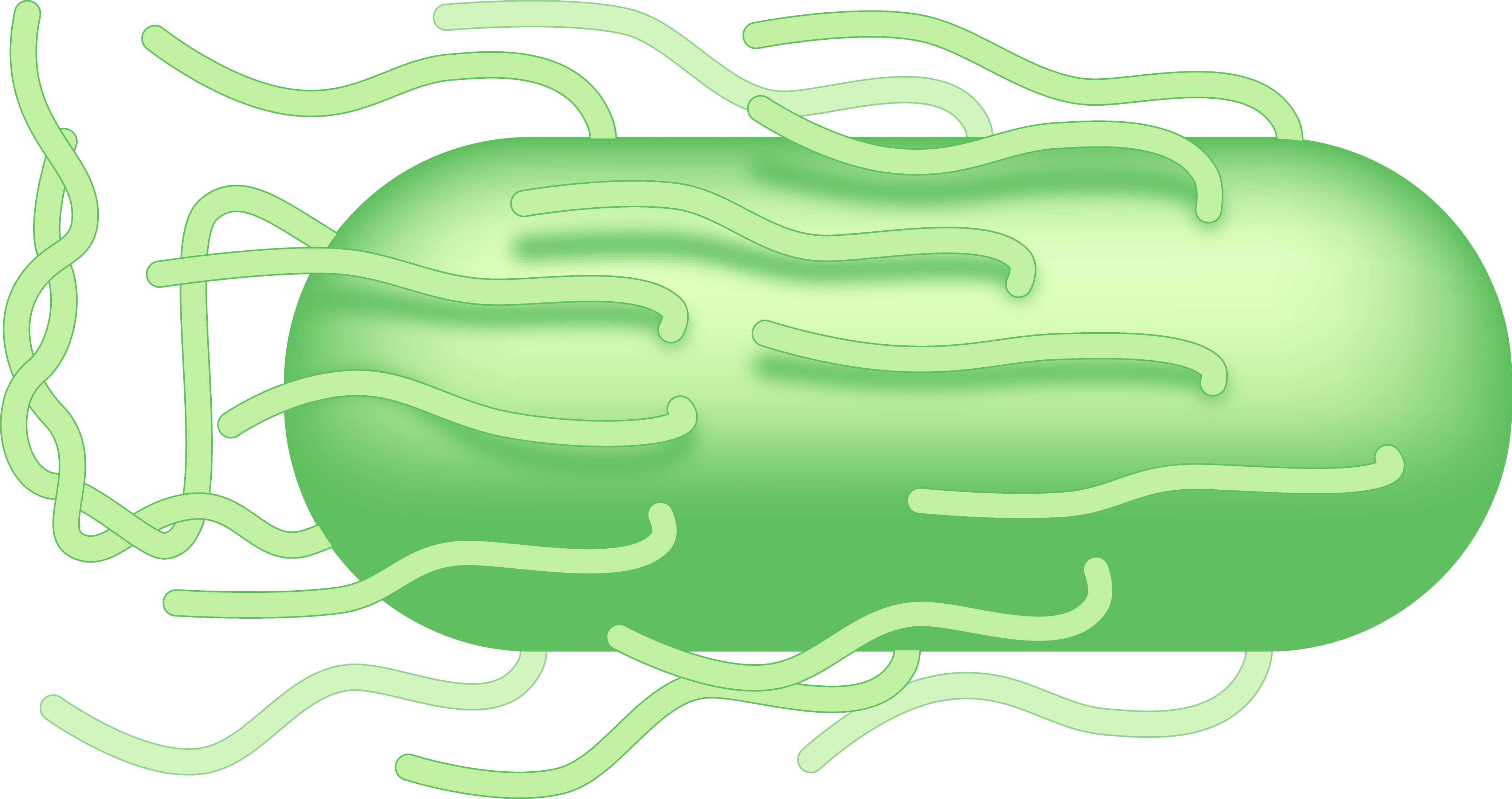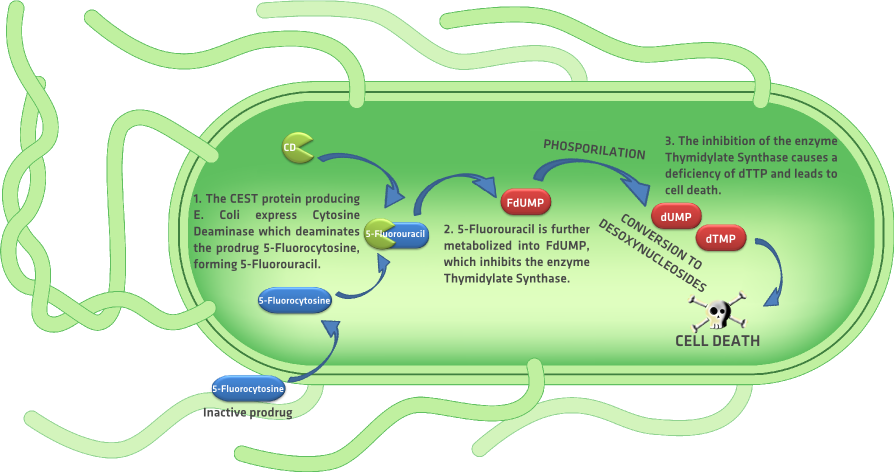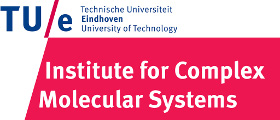Team:TU-Eindhoven/KillingMechanism
From 2013.igem.org



Contents |
The Kill Switch as a Safety Lock


This means that by implementing this controllable safety lock we can terminate our bacterial device at any point of the MRI process by administering Ganciclovir to the patient.

The Kill Switch in Detail: The Ganciclovir /Thymidine Kinase System

We propose to use this system as our killing mechanism, considering that it is well characterized and used in applications related to the principle of our device. However at this point of our project the in vitro implementation of this system is not possible and thus we focused on a pharmacokinetics model of the prodrug distribution in the body and the elimination of the CEST protein producing bacteria from the system. The following section describes the the main results from the pharmacokinetics model.
The TK/GCV System: Implementation
We developed a pharmacokinetics model of the prodrug Ganciclovir distribution and the systemic elimination of the CEST protein production device. The complete results can be found in the Drylab section of our wiki, but here we present a summary of the most important conclusions.
- Elimination rate
- Ganciclovir distribution
The Alternative System: The 5-Fluorocytosine/ Cytosine Deaminase System

Similar to the GCV/HSV-TK GDEPT system, is the Escherichia coli cytosine deaminase (CD) enzyme with prodrug 5-fluorocytosine. Like the prodrug ganciclovir, systemic administration of the prodrug 5-fluorocytosine induces apoptosis only in the cells that express the cytosine deaminase enzyme. Cell death is induced when the CD deaminates the prodrug 5-fluorocytosine, forming 5-fluorouracil, which is further metabolized into FdUMP. FdUMP inhibits the enzyme thymidylate synthetase which converts dUMP into thymidylate. Because thymidylate can only be produced de novo by the enzyme thymidylate synthetase, the inhibition of the enzyme eventually generates a deficiency of dTTP, leading to cell death. aghiEtAlGCVFlu Figure 2 shows a detailed graphic explanation of the complete process.
Given that the chasis of our device is E. coli, the implementation of the CD/5’fluorocytosine system on our device could be an alternative to the GCV/HSV-TK system. We didn’t explore this alternative further but we will consider it when testing the kill switch in vitro in case the GCV/HSV-TK is not successful in inducing apoptosis in our CEST protein producing bacteria.
References
 "
"



